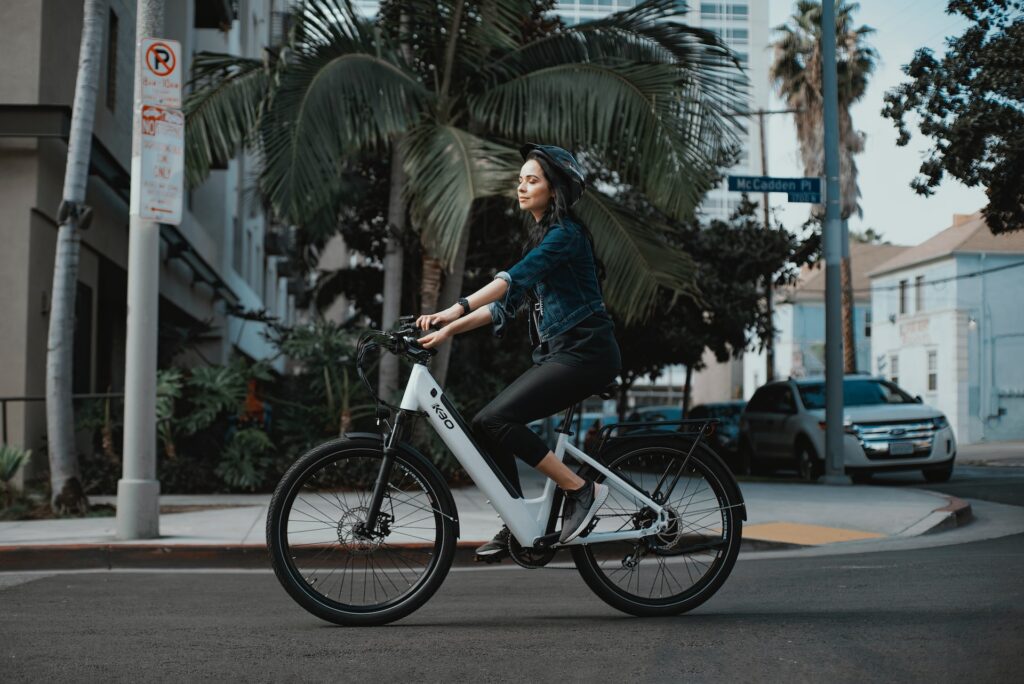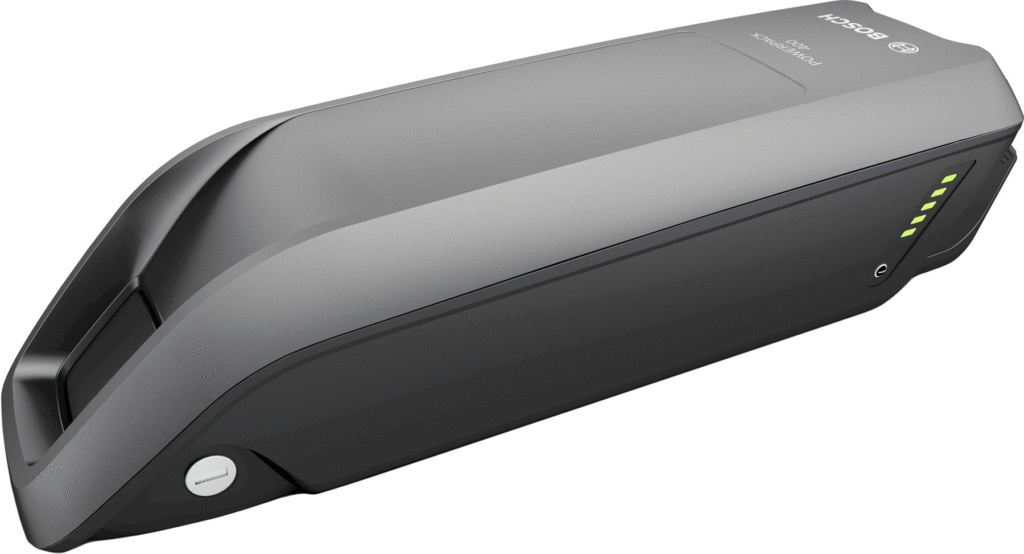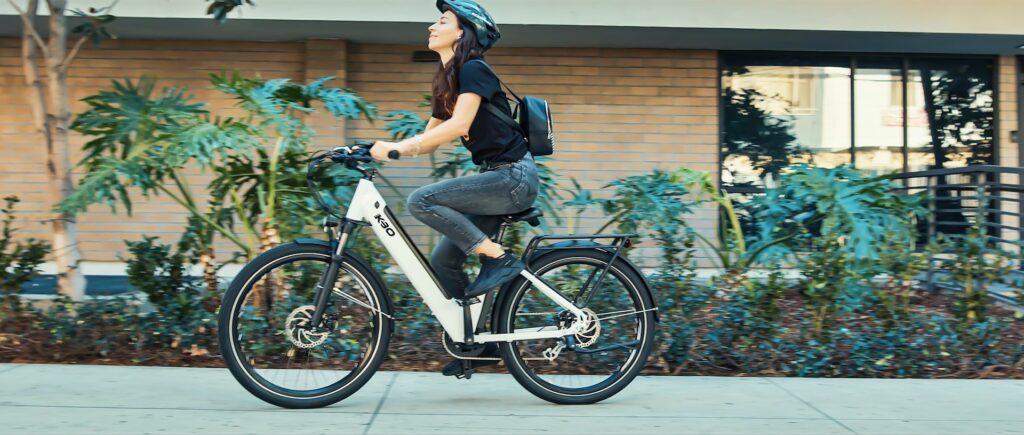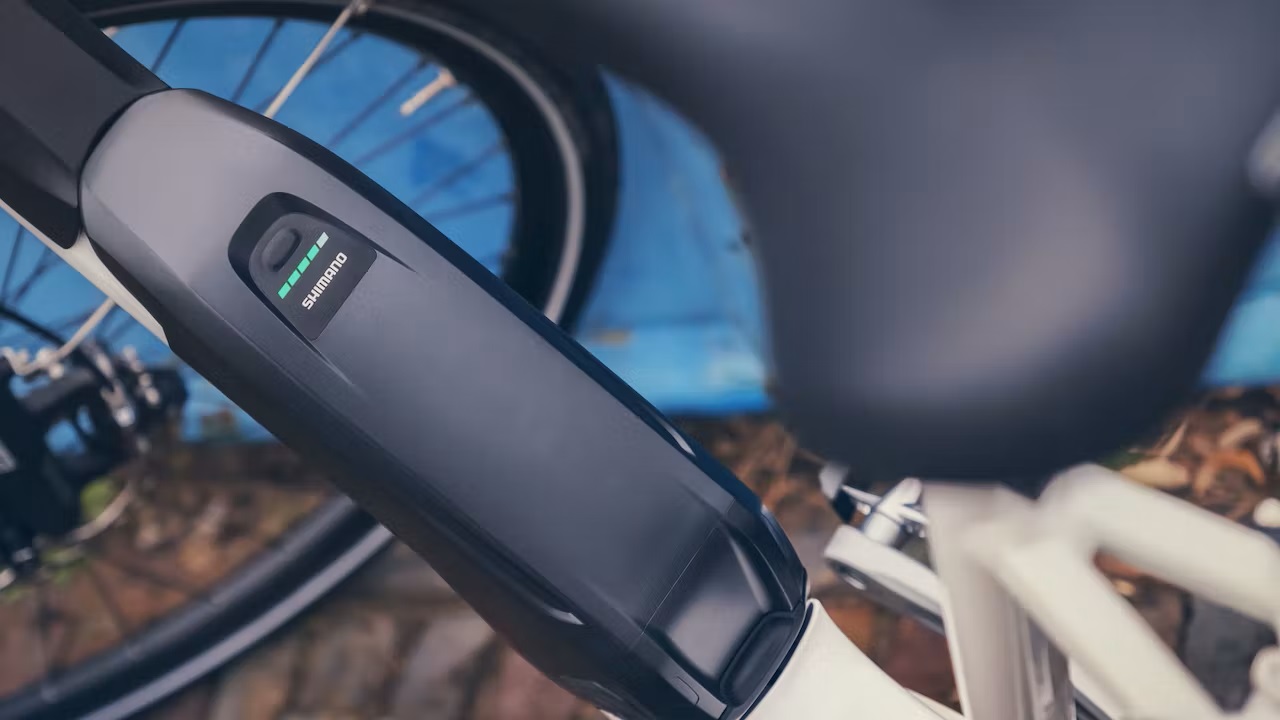E-bikes not only put less strain on your joints but are faster than normal road/mountain bikes and make cycling uphill much easier.
They’re perfect alternatives to cars if you want to experience the outdoors without sweating too much. With an electronic bike, you can power over any kind of terrain or incline. All while staying happy, healthy, and outside.
The problem is that they’re not as efficient as we’d like them to be. Many run primarily on lithium-ion batteries. Sure, battery technology has come a long way over the last couple of decades, but it’s far from ideal. So you gotta consider the materials and production as you weigh the costs against the benefits.
Here, I’ll tell you all about electric bike batteries – the good, the bad, and the ugly.
Page Contents
How far can an e-bike go on one charge?
Electric bikes (or e-bikes) can only go about 20 miles with a 6-8 lbs battery without pedaling. And that too with the bike speed staying under 20 miles per hour. While most companies claim bigger numbers like 50-100 miles, it’s impossible for a no-pedal ride.
Many companies advertise based on technical facts. A bike that doesn’t have throttle at handlebars and requires you to pedal for the battery power to activate can give you a higher number at the lowest settings.
To realistically cover 50-100 miles at 20mph, you’d need a 15 to 40 lbs battery pack for a complete no-pedal ride which isn’t practical.
1. How long does it take to charge an electric bike battery?
It takes 3 to 6 hours to charge a standard-sized electric bike battery fully. Depending on your battery pack’s quality, age, and setup, it could take shorter or more time.
2. How to choose a good quality battery pack?
Here’s everything you should consider when buying a new battery pack for your bike:
Vendor Reputation & Quality Assurance:
Battery packs are serious business, so you can’t take half-measures. An e-bike battery is only as good as its weakest cell because one wrong variable could make it dead or catch fire. Always buy from a reputable manufacturer with proper safety practices and would oblige the warranty appropriately.
Size & Weight:
It’s important to consider the battery’s size and weight – it should neither be too small nor too heavy. Generally, people start by looking for chunky battery packs that look super sturdy but are a practical nightmare.
A big, heavy battery wouldn’t be easy to carry around and might not fit your bike properly. Instead of going for the largest, look for the smallest battery that can successfully fulfill your requirements.

First, determine the category you fall into. Do you mostly go for short errands or bike uphill with extra weight (like a pet)? Your capacity requirement directly affects the weight and size of your ideal battery pack.
Read More: 7 Best Folding Electric Bikes in 2022
How long do electric bike batteries last?
A standard Li-Ion electric bike battery sold in the USA can last up to 500-1200 charge cycles depending on the size and construction of the pack. So, you could ideally get 2-5 years out of a battery pack with moderate to maximum use.
But that’s only if you use no-pedal mode most of the time. With pedal-assist, you’re manually pedaling, but easily, because of the battery’s help, you can even get 30,000 miles.
1. What happens when the e-bike battery dies?
Batteries don’t die for one absolute reason. As such, there are multiple possible outcomes when that happens.
If your e-bike battery dies after a single continuous use, it’s likely out of juice. You just need to plug it in and let it charge for more than usual. It usually takes a couple of hours to revive a dead battery from 0% power.
On the contrary, if it’s an internal malfunction – your best bet is to either claim a warranty or recycle the product. Getting the product opened at a random shop would certainly fix your electric bike battery, but you’d also void the warranty!
Another reason could be that your cells have degraded completely. It’s sort of the biggest con with Lithium-Ion batteries that we see in modern smartphones too. The cells automatically degrade after each charge cycle.
Similar to a phone, 100% charge on your new bike’s first day is a whole lot more useful than a complete charge one year later.
2. What is the price of a bike battery?
You can purchase a standard (or premium) Li-Ion electric bike battery at about $500 to $800 with a capacity between 400Wh and 750Wh. Of course, individual prices are dependent on the cell quality and brand. Off-brands tend to be cheaper but at the expense of product quality.

Premium brands like Bosch and Shimano cost even more for the same capacity. A good-quality Bosch battery with a proper warranty costs between $700 and $950. You can get a similar Shimano battery for $500 – $750.
3. How do I change the battery in my electric bike?
The basic prerequisite is that your new battery is compatible (right size and connector) with your electric bike.
Step 1: Unscrew the casings on your battery housing to remove the old battery. Organize the screws properly on a table, so there’s no confusion.
Step 2: The old battery inside is often stored with glue. Remove it carefully without breaking the housing. You can use a knife or a screwdriver to cut the glue.
Step 3: Connect your new battery’s positive and negative ends to the housing socket and put the battery inside the case.
Step 4: Use some tape or glue to secure the new battery and put the screws on to close the housing.
4. Can you overcharge an e-bike battery?
You can not accidentally overcharge modern-day electric bike batteries bought from reputable companies. These batteries come with a smart switch that stops charging after a certain percentage to prevent overcharging. You could even leave it plugged in overnight.
Although, if you somehow have an older battery. I wouldn’t leave it plugged overnight.
How can I charge my e-bike battery without a charger?
It might seem like your bike isn’t going anywhere until you purchase a new charger, but there are many alternatives. These alternatives are surely not a long-term solution, but they help A LOT in a pinch.
- You can use an induction charger. It’s not super fast but quite helpful in an emergency.
- You can use a solar panel to charge your bike while letting it run on the battery. The setup is expensive but saves money long-term.
- With just the right connectors, you can use your car battery to charge the e-bike.
- You can use a wall outlet if your bike is compatible.
Important Note: Don’t get over-dependent on the alternatives because that’s what they are – a temporary alternative. Chargers provided by manufacturers are the ideal choice.
Read More: 10 Best Electric Bikes Under $1000 in 2022
How do I maintain my e-bike battery?
- Don’t let the battery run completely out of juice; charge it frequently. Keep the battery power above 30%-50% most of the time.
- Don’t charge your battery if the temperature is too hot or too cold. It could mess up the cells.
- Never store an empty battery. Keep the charge at about 60%.
- Don’t overcharge. Modern batteries have a cut-off, so they don’t get destroyed, but you should just unplug them before 100% to keep the cells from depleting faster.
Tip: Charge your new battery for 12 years straight during the first charge cycle.

How do I protect my e-bike battery from rain?
You don’t necessarily need to protect your electric bike or its battery from the rain as the battery is properly stored in a waterproof housing. So, you can normally ride during a rain shower.
If you want to be extra careful when traveling in a car with the bike hanging on the back or top, just take the battery out and put it inside.
Can you ride an e-bike without a battery?
You can ride an electric bike (e-bike) without a battery by pedaling manually. Don’t worry – you won’t damage the motor. Whether the battery is removed or empty, the e-bike would operate the same as a standard road/mountain bike.
There’s no major downsides except the lack of pedal-assist or throttle. It’d just be more challenging because of the added weight of the motor and battery pack.
